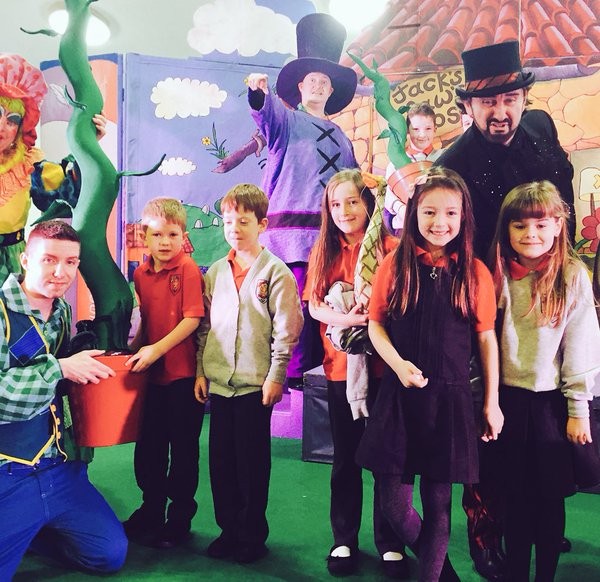Learning Intention:
We are learning to estimate and measure items and then check to see how close I was – Length (MNU 2-11b, MNU 2-11a)
Success Criteria:
I can use the vocabulary and metric units of length
I can select and use appropriate equipment to measure the lengths of different items considering how accurate I need to be
I can choose and use suitable units to measure the lengths of items, converting when appropriate, and can present my answer
I can compare my measurement with my estimate to see if my answer was sensible
In our class maths lessons, we have been learning about different ways of measuring things, why you would measure and the instruments you can use to help you. This week, we focused on measuring length and created a list of the key vocabulary we might use, including longest, shortest, width, height, distance, centimeters, meters, millimetres and more… In our teaching group, we looked at the value of estimating and how this can help us, then we were given objects to guess the length, width and height of. We checked our answers using a variety of measuring instruments and even used decimal points when recording the measurements in meters and centimeters, or centimeters and millimeters. In our game group, we were challenged to measure different body parts, for example, the length from the tip of our thumb to our pinkie, or from one ear to the other. We also demonstrated our knowledge of measure using Sumdog, an activity that we can also work on at home.
An extra challenge: can you measure the length of some of the objects around your house and comment with your findings below?






























































































